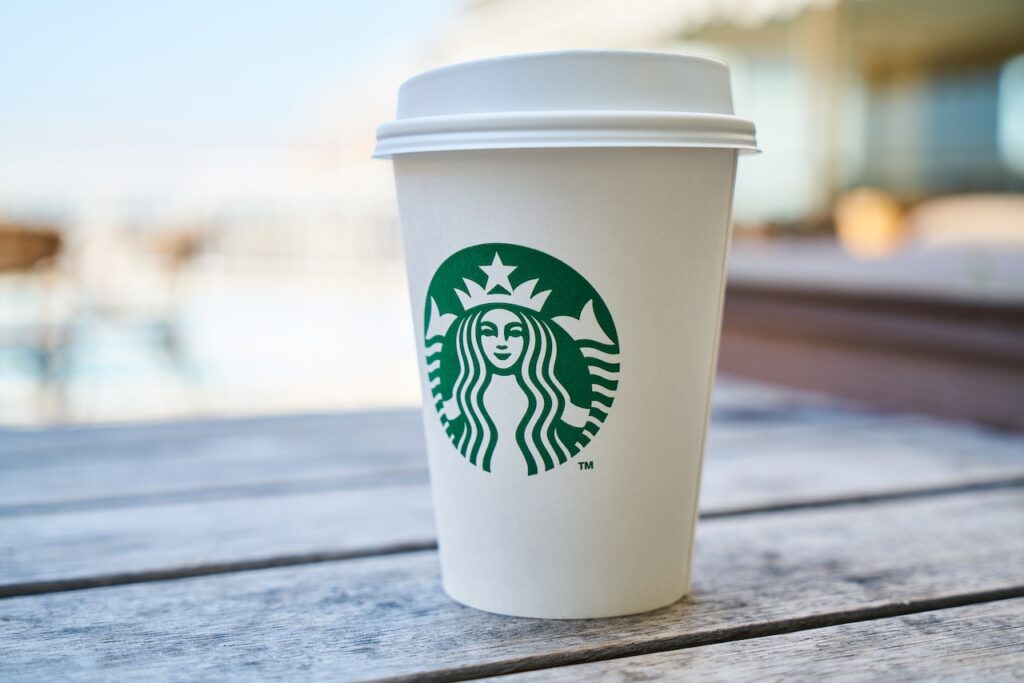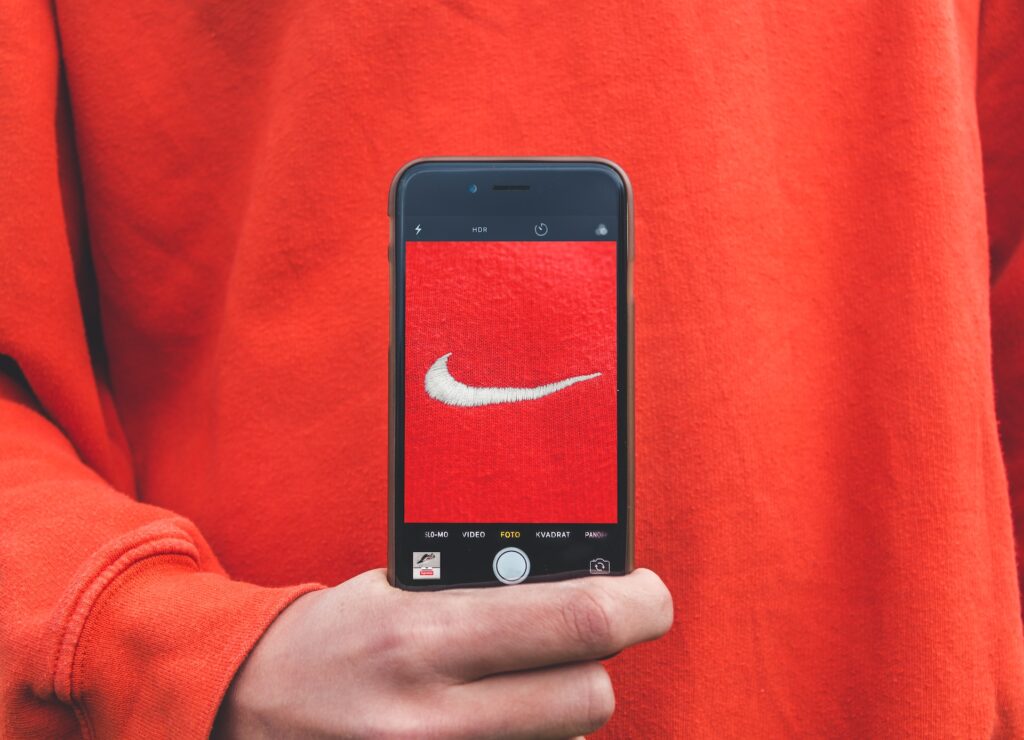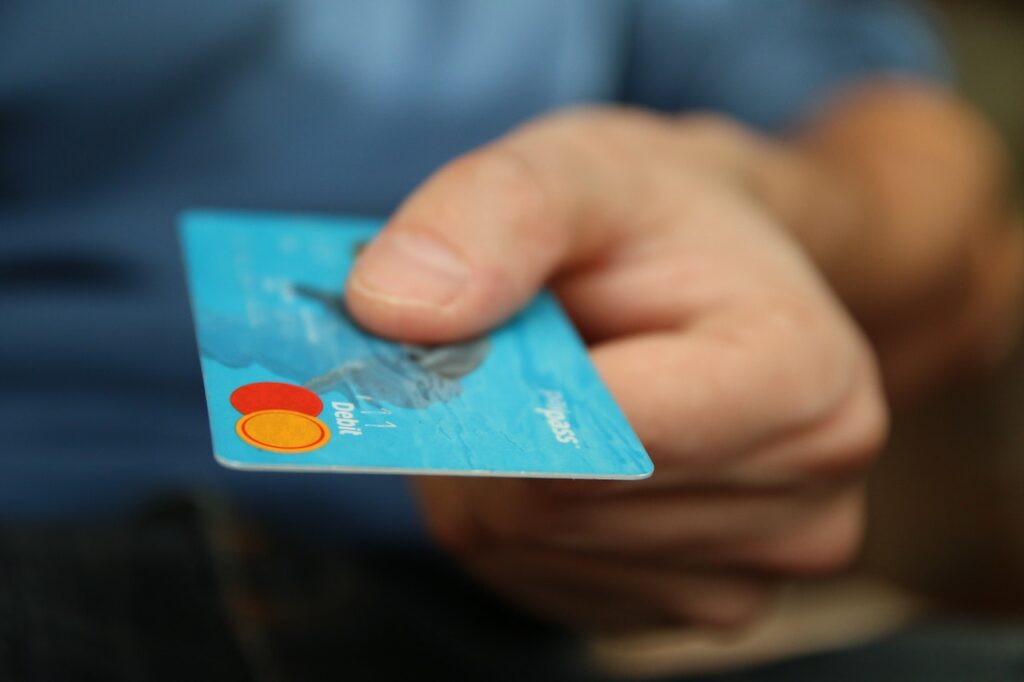As Harvard Business Review has highlighted, companies that excel in two often underestimated and interconnected market research metrics, namely brand loyalty and customer loyalty, achieve remarkable results. These companies experience revenue growth at a staggering rate of 2.5 times faster than their industry peers and deliver astonishing returns to their shareholders, ranging from two to five times higher over a decade.
Its independence from pricing considerations sets it apart as a potent force. Unlike other factors, brand loyalty represents a steadfast commitment from customers to choose a particular brand for their purchases consistently. This unique characteristic of brand loyalty makes it a formidable catalyst for profit and profitability, signifying a company’s ability to generate substantial earnings relative to its expenses.
What is Brand Loyalty?

Unlike customer loyalty, which is influenced by factors like pricing and discounts, brand loyalty relies on how customers recognize a brand and their overall experiences with it. Brand-loyal customers firmly believe that a particular brand offers better quality and service than any other, and they’re willing to choose it even if it’s not the cheapest option. While these loyal customers may not make as many purchases, the profits earned from their purchases tend to be higher.
Once people become brand loyal, keeping them loyal is relatively simple as long as the brand maintains its product quality and service standards. In contrast, retaining customer loyalty often involves constantly offering low prices and discounts to stay competitive, which can be more costly in the long run.
How to Create Brand Loyalty?
In the bustling landscape of highly competitive markets, renowned brand-name products and influencer marketing companies in India constantly race for market dominance. They contend with fresh newcomers and seasoned contenders, often offering similar offerings, making it challenging to stand out. To not only survive but prosper in this ever-evolving arena, marketing teams employ a diverse array of strategies.
These tactics encompass vigilant monitoring of consumer buying patterns, meticulous analysis of expenditure data, and crafting targeted advertising campaigns. These initiatives are meticulously tailored to engage and nurture their existing loyal customer base and those on the cusp of embracing brand loyalty.
Top-Tier Excellence
The fundamental prerequisite, the absolute must-have for brand loyalty, is quality. Regardless of your marketing budget size or the famous faces promoting your offerings, subpar products and services will inevitably face public criticism on social platforms.
Conversely, companies that consistently provide exceptional quality will transform their customers into enthusiastic brand advocates. Fueled by positive experiences, these advocates will eagerly share their praises and remain steadfast in their allegiance, seldom seeking alternatives elsewhere.
Exceptional Customer Service
Providing outstanding customer service may come with a price tag involving round-the-clock chat representatives, social media managers, phone operators, and support ticket teams. However, viewing this as an investment is essential because it’s the cornerstone for cultivating brand loyalty that delivers significant returns.
Particularly in a crowded marketplace, offering top-tier service that genuinely makes customers feel valued could be the sole factor distinguishing your brand from the competition. To harness the full potential of customer service , it’s imperative to offer user-friendly channels for feedback and complaints. Additionally, a dedicated team of associates should be well-trained to address customer submissions promptly.
Brand Ambassadors

Besides relying on brand-loyal customers who willingly spread the word about their positive experiences on social media, companies often enlist spokespersons to serve as brand ambassadors for their products.
These brand ambassadors are not just anyone but carefully selected individuals with a robust marketing background and an already established online presence. This online presence typically extends across various platforms, such as blogs, emails, and webinars.
However, being a successful brand ambassador entails more than just an online presence. It requires authenticity, professionalism, an in-depth understanding of the company’s offerings and services, and the potential to forge strong, enduring customer relationships. What sets the best brand ambassadors apart is their knack for gathering valuable customer and competitor insights, which can, in turn, be transformed into profitable business enhancements.
Loyalty Programs
Creating a scheme that acknowledges and rewards your current customers for their ongoing support is among the most straightforward approaches to nurturing brand loyalty. It’s essential to emphasize that, regardless of the cost associated with providing store credits, discounts, or free products as rewards, the investment in retaining and strengthening the loyalty of existing customers tends to be more cost-effective than constantly pursuing new customers.
This principle holds particularly true for premium brands, as offering exclusive discounts within a loyalty program can often be the decisive factor that encourages customers to choose the premium brand over a more budget-friendly alternative.
Online Community
As e-commerce continues its rapid growth, with projections of U.S. online spending reaching a staggering $1 trillion in 2022, establishing an online community to foster brand loyalty cannot be overstated, regardless of your industry.
Unlike static advertisements, social media offers diverse tools that enable businesses to establish deeper, more personal connections with their customers. This can involve activities like hosting Q&A sessions, live streaming with employees, or providing virtual tours behind the scenes of the business operations.
The significance of a digital community lies not only in its accessibility to customers who spend a substantial amount of time online but also in its role as a bridge. It acts as a bridge that connects social interaction with the pivotal moment when a customer decides to purchase, essentially facilitating the transition from engagement to conversion.
Brand-Loyalty Examples
Here are two instances of companies that have invested wisely in building brand loyalty by prioritizing quality and customer service. These brand loyalty leaders command higher prices for their products and enjoy cost savings in marketing. Their marketing efforts targeting existing customers through social media and email are a fraction of the expense required to acquire new customers.
Apple: In 2021, Apple achieved an exceptional brand loyalty score of 92%, surpassing all other companies across all industries in retaining their existing customer base. Apple’s status as the world’s most valuable brand doesn’t rest solely on groundbreaking technology and cutting-edge design but also on its unrivaled brand strength and exceptional customer service.
For those who have witnessed long lines of eager customers outside Apple stores awaiting the latest product release, it’s evident that brand power significantly influences the perceived value of a product, perhaps even more than any other factor affecting market performance. As Apple introduces fee-based services like Apple TV and gaming, it’s likely to secure an even larger share of wallets, signifying the amount customers spend on one company’s brand over its competitors.
Nike: One key factor propelling Nike to its position as the world’s most valuable sports brand is its exceptional membership program, which excels in four key areas, each driving brand loyalty:
- Exclusivity: Members can access exclusive benefits like event tickets and early product launches, making them feel like privileged insiders.
- Community: Nike’s program offers more than just products; it fosters a sense of belonging through complimentary workout classes and robust training support, creating a community of like-minded individuals.
- Personalization: Members receive personalized attention, with special gifts on birthdays and anniversaries and tailored product recommendations that cater to their unique preferences.
- Omnichannel Experience: Nike seamlessly integrates the membership experience across various channels, ensuring that it’s just as rewarding whether you’re shopping in-store, online, or via their mobile app.
These elements combine to create a brand loyalty powerhouse, solidifying Nike’s status as a leader in the sports industry.
Importance of Brand Loyalty

Brand loyalty is paramount for businesses due to its far-reaching impact on their success and profitability. It refers to customers’ strong bond and commitment toward a particular brand, leading them to choose that brand’s products or services over competitors consistently. Here’s why brand loyalty is crucial and its various advantages:
1. Revenue Growth and Stability
- Repeat Business: Loyal customers are likelier to repeat purchases from the same brand. This repeat business provides a steady and predictable source of revenue.
- Higher Transaction Value: Brand-loyal customers spend more per transaction than new or occasional customers. They are willing to pay a premium for the assurance of quality and trust associated with the brand.
2. Cost Efficiency
- Reduced Marketing Costs: Acquiring new customers typically requires substantial marketing expenditures. In contrast, retaining existing customers through brand loyalty programs and excellent customer service is more cost-effective.
- Lower Acquisition Costs: Loyal customers often refer friends and family to the brand, contributing to new customer acquisition without associated costs.
3. Competitive Advantage
- Market Differentiation: In crowded markets with numerous competitors offering similar products or services, brand loyalty sets a company apart. It becomes a unique selling point that competitors can’t easily replicate.
- Barriers to Entry: Strong brand loyalty erects a barrier for new entrants, making it challenging for them to lure away loyal customers.
4. Word-of-Mouth Marketing
- Customer Advocacy: Loyal customers tend to become brand advocates. They willingly share positive experiences and recommendations with their networks, effectively acting as free promoters for the brand.
- Social Media Influence: In the age of social media, brand-loyal customers can amplify their advocacy, potentially reaching a vast and engaged audience.
5. Resilience in Downturns
- Economic Stability: During economic downturns or market uncertainties, brand-loyal customers are less possibly to switch to cheaper alternatives, providing economic stability to the brand.
- Recession Resistance: Brands with strong loyalty often fare better during recessions because customers prioritize trust and reliability over cost savings.
6. Customer Data and Feedback
- Valuable Insights: Loyal customers are more inclined to provide feedback and insights. This information can be invaluable for product development, service improvements, and marketing strategies.
- Market Research: Brand-loyal customers serve as an ongoing source of market research, helping a company adapt to changing customer preferences.
7. Long-term Business Sustainability
- Sustainability: Brand loyalty contributes to a company’s long-term sustainability. A loyal customer base provides a foundation for a business to build and grow.
- Reduced Churn: Loyal customers are less likely to churn or switch to competitors. This reduces the need for aggressive customer retention efforts.
How to Identify Brand Loyalty?
Identifying brand loyalty is critical to understanding and managing your customer relationships effectively. Recognizing loyal customers enables businesses to tailor their marketing strategies, nurture these relationships, and ultimately drive long-term success.
Here’s a detailed explanation of how you can identify brand loyalty:
1. Customer Retention Rate
The customer retention rate measures the % of customers who carry on to purchase from your brand over a specified period, typically compared to the number of customers at the beginning.
Indicator of Loyalty: A high customer retention rate suggests that customers are sticking with your brand and choosing it over competitors. It is a strong indicator of brand loyalty.
2. Repeat Purchase Behavior

Analyzing how frequently a customer makes repeat purchases from your brand. Loyal customers tend to make multiple purchases over an extended period.
Indicator of Loyalty: Frequent repeat purchases demonstrate a customer’s preference for your brand, signifying brand loyalty.
3. Customer Lifetime Value (CLV)
CLV calculates the total expected revenue a business can generate from customers throughout their relationship with the brand.
Indicator of Loyalty: A high CLV suggests that customers are not only making repeat purchases but are also willing to invest more in your brand over time, strongly indicating loyalty.
4. Customer Feedback and Engagement
Monitor customer feedback, reviews, and engagement with your brand on various platforms, including social media, surveys, and online communities.
Indicator of Loyalty: Loyal customers are likelier to provide positive feedback, engage with your content, and recommend your brand to others. Their active participation reflects their loyalty.
6. Customer Loyalty Programs
Analyzing the participation and engagement levels of customers in loyalty programs. Loyal customers tend to join and actively engage in such programs.
Indicator of Loyalty: High participation rates and active engagement in loyalty programs indicate a strong desire to maintain a relationship with your brand.
7. Customer Surveys and Interviews
Conducting surveys or interviews with customers to directly ask about their loyalty and reasons for choosing your brand.
Indicator of Loyalty: Customer responses can provide valuable insights into their loyalty and what aspects of your brand they value.
The Bottom Line
Brand loyalty represents a marketing triumph where companies retain customers across various products, leading to increased customer satisfaction, longer relationships, and higher profits. Rather than continually pursuing new clients, businesses with strong brand loyalty can invest their resources in improving products and enhancing customer service for their existing loyal customer base, generating more revenue and long-term success.
FAQs
What is brand loyalty, and why is it crucial in marketing?
Brand loyalty is customers’ deep attachment and commitment to a specific brand, leading them to consistently choose that brand’s products or services over competitors. It’s essential in marketing because it fosters repeat business, customer advocacy, and long-term profitability.
How do businesses benefit from brand loyalty?
Businesses benefit from brand loyalty through increased revenue from repeat purchases, reduced marketing costs, and the possibility to charge premium prices for their products or services. Loyal customers also act as brand advocates, helping attract new customers through positive word-of-mouth.
What are some strategies to build and nurture brand loyalty?
Building brand loyalty involves consistent quality, exceptional customer service, loyalty programs, personalized experiences, and community engagement. Businesses must also actively seek customer feedback and adapt based on their insights.
How can businesses measure brand loyalty?
Brand loyalty can be measured through various metrics, including customer retention rate, repeat purchase behavior, Net Promoter Score (NPS), and customer lifetime value (CLV). Social media monitoring, surveys, and customer testimonials can also provide insights.
Can brand loyalty be regained if it’s lost?
Yes, it is possible to regain lost brand loyalty through improved product quality, enhanced customer service, and personalized offers. However, rebuilding trust may take time, so prevention is often more effective than recovery.





